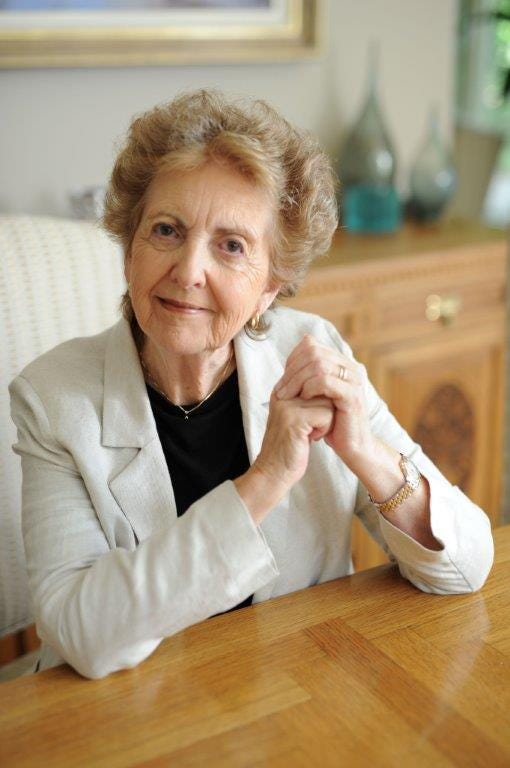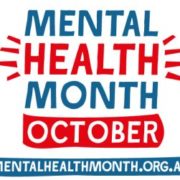Mind control can help you overcome your fear of flying and cruising!

Overcome your fear of flying — or cruising or any of the hassles of travel. Relax into these situations before the stress of getting there affects your holiday — and your health.
Melbourne based Pauline McKinnon has been a leader in the field of therapeutic meditation for over 30 years. Pauline helps people of any age group overcome anxieties such as fear of flying and even fear of cruising among other things. As an author on the topic and psychotherapist, Pauline specialises in the Ainslie Meares’ natural style of meditation. According to Pauline, also the founder of the Stillness Meditation centre in Melbourne, Victoria, fear and anxiety surrounding travel are a common type of anxiety affecting a large portion of the population.
“Thousands of people are already making plans for their end of year holidays, and of course, for the upcoming end of term holidays, and many of these plans involve airplanes and perhaps cruiseliners,” Pauline said.
“It is completely normal to feel some level of anxiety heading into a holiday; new places, new expectations and more. However some people are so anxious about flying and cruising that it affects their enjoyment of the upcoming holiday and increases personal health risks too.
“Anxiety can cause spikes in your blood pressure. This can cause serious harm to your health. Anxiety can cause hyperventilation and lead to panic attacks. Anxiety creates too much nervous tension and when this becomes habitual, anxiety becomes a constant companion.
“Some people are so fearful of the prospect of facing these demons that they avoid traveling anywhere that involves getting on an aircraft or taking a holiday on a cruise ship. This can potentially reduce their holiday options significantly and fills many lives with disappointment.
“I have helped many people over the years to overcome these fears by assisting them to learn mental rest through an intensive style of meditation. At my Centre we aim to help people master anxiety before anxiety masters them!
“Just last week one of my 50-something clients told me how much she is looking forward to her upcoming trip to the UK and Europe, simply because she now knows that getting there no longer fills her with dread.”
According to statistics, over 10 percent of people struggle with a phobia. The American National Institute of Mental Health describes a phobia as an intense, irrational fear of something that poses little or no actual danger. Of these phobias, aviophobia (fear of flying) is the most common with some 2.5–6.5 percent of people scared of flying.
“The underlying issue associated with fear of flying is control, or the feeling of not being in control. For some there is also a feeling of claustrophobia, because obviously, once on board, there is no immediate escape from that confined space,” Pauline added.
“The bizarre thing here is that while people realise they can’t seek comfort by going up to the cockpit to find out what is going on, some will resort to taking refuge in the toilet which is an even more confined space.
“This is the problem with high levels of anxiety. People may feel out of control, fearing the embarrassment of a panic attack, or they develop certain phobias that may result in strange behaviour, or perhaps seek relief through the overuse of alcohol — all in an irrational bid to feel safer.
“People with a fear of cruising are worried about not being able to see land, or not being able to get off the ship if the ocean becomes a little rough. They conjure up visions in their own mind of Titanic and The Poseidon Adventure. As we know, you have more chance of getting into a car accident on the way to the airport or port than you have of disaster happening during your trip.
“In stillness meditation therapy, people learn to deeply relax their mind. In this way, reactivity is reduced naturally and travellers can look forward to an easier journey. A calm mind creates a calm body, which is relaxed, comfortable, and in calm control.”
Stillness Meditation assists people to minimise their fear of flying or cruising by:
· Lowering overall tension levels
· Lowering overall anxiety reactions
· Empowering natural relaxation
· Empowering personal confidence
· Empowering a sense of calm control
· Providing natural ongoing stress management
Through mental rest, Stillness Meditation assists both the function and structure of the brain to support self-control. When people are more in control of their feelings, they are better able to manage and maintain calm. Thereby minimising fear and all the negative influences of high anxiety levels, that overcome your fear. This is mind-control at its very best — after all, the fear is in the mind.
Pauline McKinnon and her team love helping people feel happier, at ease and in control — not only of their upcoming flight or cruise, but in greater control of their entire life!
If you want to take the next steps to overcome your fear the Stillness Meditation Therapy Centre offers regular meditation sessions for all age groups with options of daytime or evening attendance. Stillness Meditation Therapy sessions are available one on one or within a personalised group.
“I recommend booking in now so you are well and truly ready to really enjoy your upcoming holidays,” Pauline McKinnon said. Get in touch
By Shirl Orono
Published On Brandgelist

















